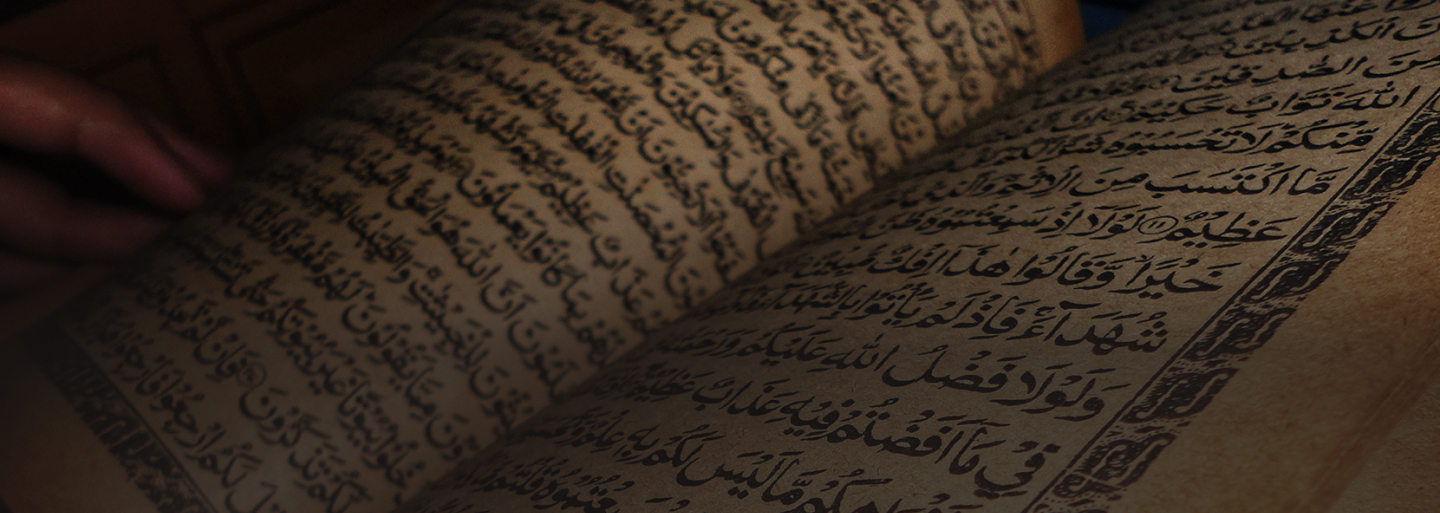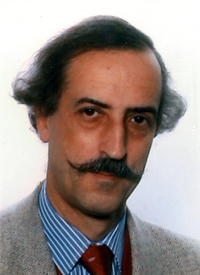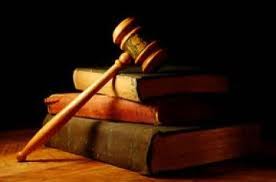Qur’ans of the Umayyads: Interview with Dr. François Déroche
By Dr. Keith Small
Prof. François Déroche, one of the leading scholars in Arabic manuscript studies, has a new book due out this October: Qur’ans of the Umayyads, A Preliminary Overview, (Leiden, Brill, 2013, 226+46 ill. ISBN 9789004255654). Early Qur’anic manuscript studies is a lively and growing discipline in the academy, and Déroche’s contributions have been essential reading—substantial in providing a framework for understanding the development of the Qur’anic manuscript tradition during the Umayyad and Abbasid eras. This new book promises to bring into focus the current state of knowledge of this very early stage in the Qur’an’s manuscript tradition. I had the privilege of asking him some questions about his new book on behalf of IQSA.
 Just for some background information for our readers, what is current your position in Paris?
Just for some background information for our readers, what is current your position in Paris?
The direct translation is: “Director of studies at the EPHE, Department of historical and philological sciences”; it involves teaching and research. My chair is titled “History and codicology of the Arabic handwritten book.” I am also co-director of the French-German Coranica project, which aims—among other things—at publishing systematically the earliest MSS of the Qur’an.
Your book, Qur’ans of the Umayyads, A Preliminary Overview, is due to come out in October 2013. How did writing this book challenge or develop your views on early Qur’ans? For example, did it overturn any of your previous views of the early transmission of the text of the Qur’an?
Qur’ans of the Umayyads is the result of a series of conferences given at LUCIS in Leiden. It is to some extent an offshoot of my previous study of the Codex Parisino-petropolitanus which I suggested to date to the third quarter of the first century. As the subtitle (A preliminary overview) puts it , it is a first attempt at understanding the evolution of the mushaf during the Umayyad period. The focus is different from my previous monograph, as I wanted to explore the broader Umayyad context and to offer a chronology of the period. The material used is undated and I had first to determine the basis on which I could date the largely unpublished fragments I had collected over three decades. Reviewing them led me to revise and enlarge my previous typology of the scripts. I had, for instance, to take a more cautious stance on the early hijâzî copies than in the 1983 catalogue of the Bibliothèque nationale collection.
What are some major areas of debate in our field that you think the book informs? For example, does it speak into the issues of dating current manuscripts? Or to the degree of variability of the text in its earliest stages, or the development of Qira’at? (Here you can increase our interest by hinting at what controversial things you might have to say!)
As the book offers a chronology of the MSS, it challenges some views about the canonisation process, as it shows that the development of the handwritten transmission of the text was evolving at a rapid pace, especially the orthography of the Qur’an. It shows that the text was still fluid during the first decades of Umayyad rule and tries to understand also the diversity of the material which I suggest to attribute to this period. Although it is impossible to pinpoint every single copy to a place or a milieu, some clusters emerge. As a whole, one begins to see some rough stages in the history of the mushaf during this period. One can now follow more precisely the introduction of the notation of the short vowels, which of course will lead to new researches into the qirâ’ât—providing them more strength than was the case with the previous conclusions, which relied mainly on the division of the verses. It also draws attention to a field which is yet not researched, that of the intellectual conditions under which the written transmission took place.
How do you see it informing the broader fields of Umayyad studies and Islamic art history?
The book will provide new elements for the history of the Arabic script and shows that the palaeographic approach is a decisive tool for the study of the period. Previous papers, for instance by H.C. von Bothmer, enabled the incorporation of new elements into the history of Islamic art during this period. The book will provide a broader view of this question: it will be possible to speak of an Umayyad art of the book.
This first overview of Qur’anic MSS production under Umayyad rule will also provide new insight towards the position of the ruling elite about the Qur’an. As a whole, it will bring a diversity of new direct witnesses to the awareness of those who are researching the early history of the Qur’an.
Is there anything else you would like to say about the importance of this book?
I hope that I have been able to argue convincingly in favour of the attribution of some MSS to the Umayyad period, but the last chapter can only open the question of the transition from the Umayyad to the Abbasids. I hope that this will help to start new research on this moment, which remains largely shrouded in uncertainty as far as the MSS are concerned.
© International Qur’anic Studies Association, 2013. All rights reserved.

 Just for some background information for our readers, what is current your position in Paris?
Just for some background information for our readers, what is current your position in Paris?